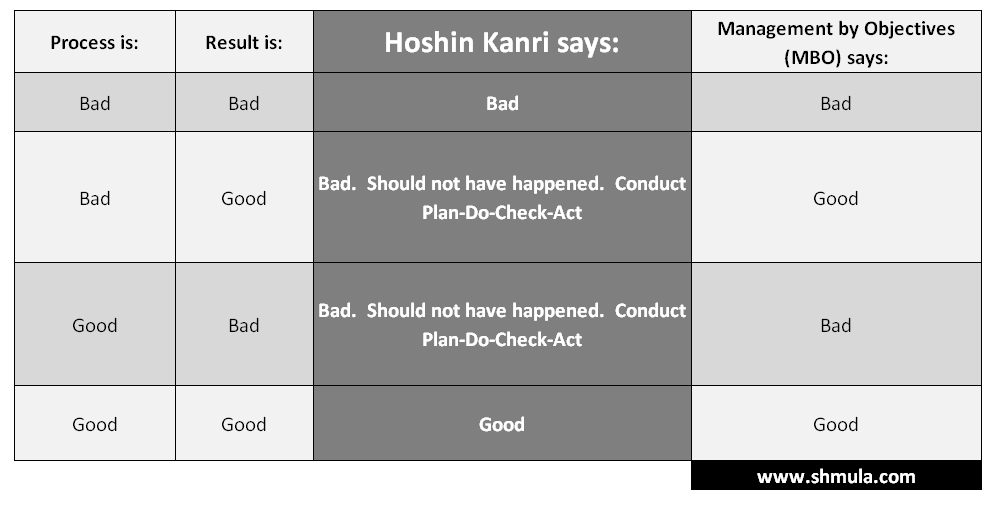Steve Blank, the author of “The Four Steps to the Epiphany“, explains how to effectively bring a product to market. In doing so, he applies many principles of Lean Thinking, sparking a very popular movement in the entrepreneurship and the startup world: The Lean Startup.
[contentblock id=35]
Steve Blank argues that there are many methodologies for software development, product development, process improvement, but no formal methodology – a tried a true method – for starting a company or getting a new product to market. As a response to this, he developed Customer Development.
What is Customer Development
Most startups follow the “if we build it, they will come” worldview. Customer Development takes a different approach. Through frequent iterations and actual interaction with potential or prospective customers, they play a hand in helping the startup develop the product.
This requires the founders to get out of the office and to practice a principle in Lean Thinking called Genchi Genbutsu, or “go and see”.
Customer Development has 4 key points:
- Get Out of the Building (Genchi Genbutsu): He believes that only opinions exist in the building; the facts are outside the building, in speaking with prospective customers. He claims that startups rarely fail because of technology, but they fail because companies often build what people don’t want – this is one of the Toyota 7 Wastes – Overproduction.
- Market Types: Steve Blank argues that there are 3 discrete types that a startup faces: (a) creating a new market, (b) bringing a new product to an existing market, and (c) resegmenting an existing market.
- Product Market Fit: To achieve Product Market Fit, one first has to build a Minimum Viable Product – or the minimum feature set, then launch with real users, test, and learn. A startup will know if they’ve found a customer base willing to pay for their product when they can ask their customers the following question: “if we shut down our product today, would you care?” If the answer to that question is a resounding “YES”, then Product Market Fit has likely been achieved.
- Phases of Company Growth: Steve Blank explains the phases of company growth from startup to maturity as (a) Customer Discovery, (b) Customer Validation, (c) Customer Creation, and (d) Company Growth.
The Lean Startup
The Lean Startup, as the name implies, takes many of its principles from Lean Thinking or The Toyota Production System. One of its pillars is also Customer Development, as described above. It’s main standard bearer is Eric Ries.
One of the key tenets or worldview that The Lean Startup follows comes from Hoshin Kanri. Specifically,

In other words, there is a big emphasis on learning, adjusting, and experimentation. If this sounds familiar to you, it is: it’s called Plan-Do-Check-Act for long-time Lean practitioners. And, there’s a big emphasis on how things are done, not just what and not just the results.
One key element that supports the Lean Startup approach is the application of the 5 whys.
Conclusion
If you’re a founder of a company, or someone wishing to bring a product to market, go read Steve Blank’s book.










I love your graph that shows how hoshin reacts good/bad versus MBO. Great post!